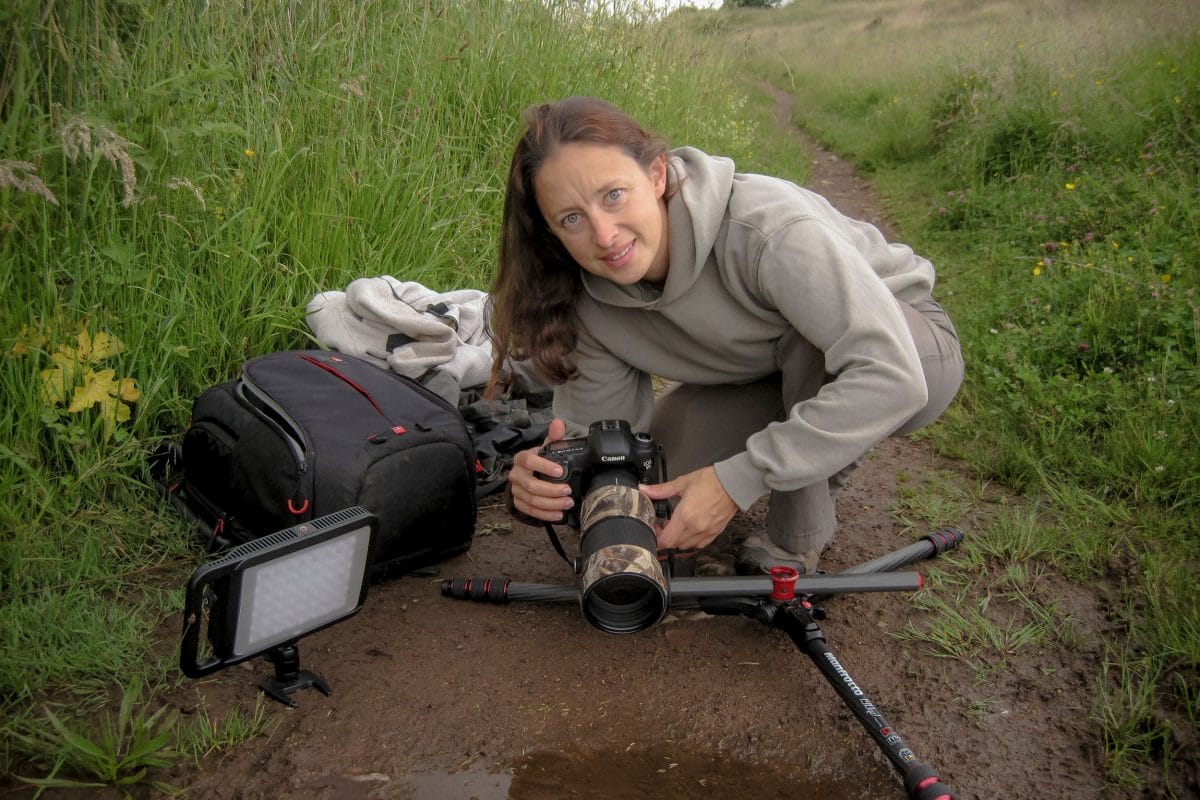Can you tell us the story behind your photo in this exhibition?
Overnight, many dragonflies hide deep among the long grasses of the Somerset Levels, and if the conditions are right and you know where to look on the early mornings of May, you can find them covered in dew in amongst these long grasses.
To illustrate just how well these dragonflies are hidden I focused manually on the edges of the wings and used an aperture that would reveal the shape of the body but simultaneously keep it almost concealed.
How did you go about getting that shot?
I knew roughly the areas the dragonflies roost in overnight, although it is not exactly the same each day so to start with I searched the long grass for any dragonflies and found this individual low down and covered in dew.
I found a location to set up my tripod being careful not to crush any vegetation or disturb the dragonfly, once set up I experimented with different apertures and focal points.
I manually focused to get just the very edges of the wings in focus using an aperture that would bring just enough detail to bring the rest of the dragonfly into the shot and show the habitat and how well they disappear into the long grass.
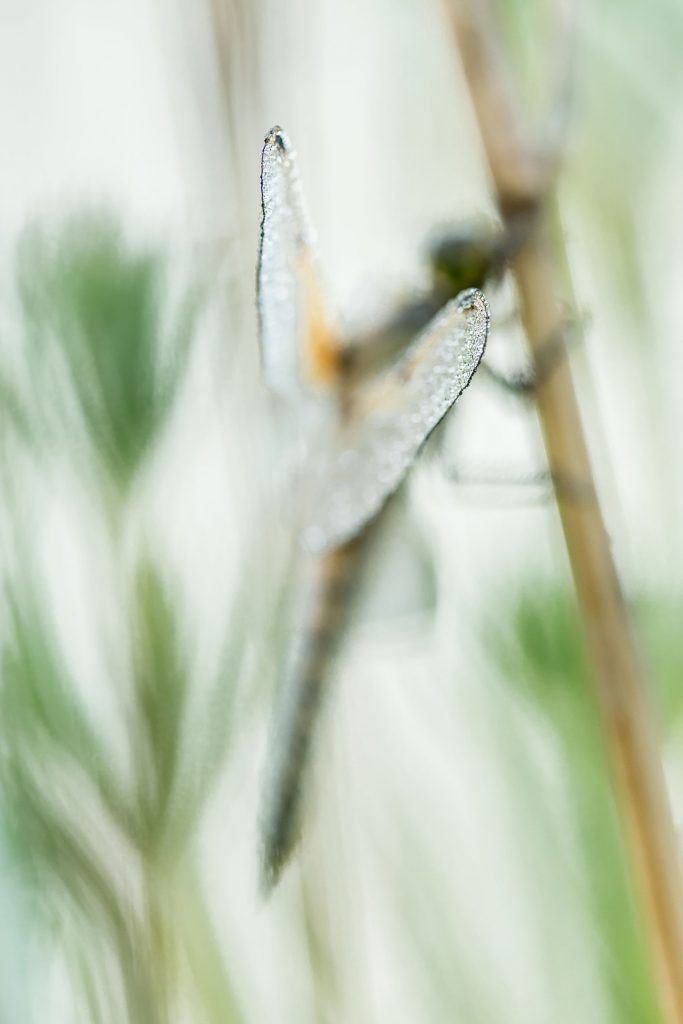
Edges © Victoria Hillman
How long did you have to wait for this shot?
I arrived on the reserve around 5am as it was getting light but before sunrise, this gives me enough time to look around and see what is about and find a suitable dragonfly in an accessible place.
This image was actually taken around 7:30am and I stayed with this dragonfly for a further 90 minutes photographing it as it made its way up the stick until it was dried out and warmed up to take to the wing.

Did you use any particular equipment or software?
The equipment used for this shot is my normal macro set-up, Canon 5DMKiii with Sigma 180mm macro lens set up on a tripod, it was shot using only natural light and lots of patience. I have carried out only minimal post-processing within the guidelines of what is allowed for the competition.
What are your favourite scenes, species or motivations behind your photographs?
I find the smaller species (plants, invertebrates, amphibians and reptiles) incredibly fascinating, both from a photographic and scientific perspective, I do have a particular love of frogs and toads.
For me, these species have such wonderful characters that are often overlooked or missed being so much smaller and generally harder to find to photograph.
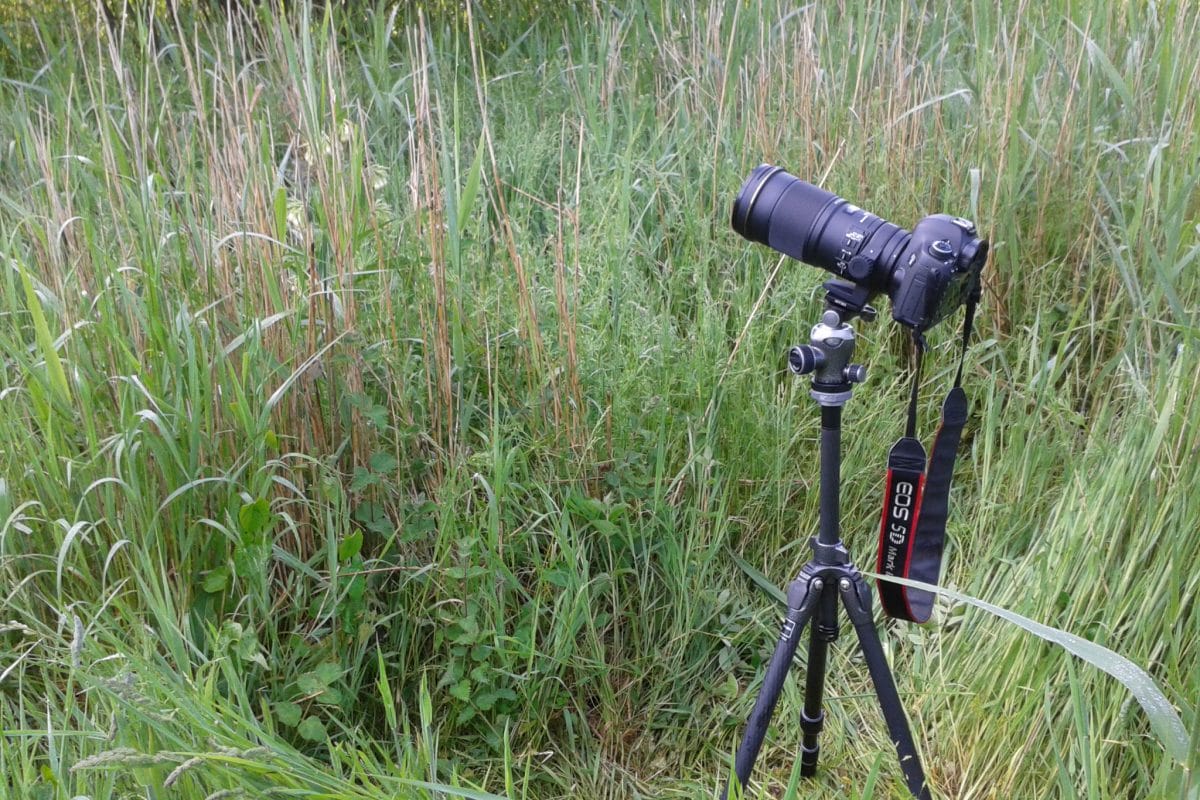
What are the difficulties of wildlife and nature photography that you face?
There are a couple – the weather and the subject are the main difficulties.
The weather you can’t do anything about other than be prepared and keep an eye on several different forecasts. Certainly with my subjects, numbers, timing and locations can vary from day to day and year to year so it’s really important to do your research, know your subject and its habitat well and that will help with any difficulties that might arise.
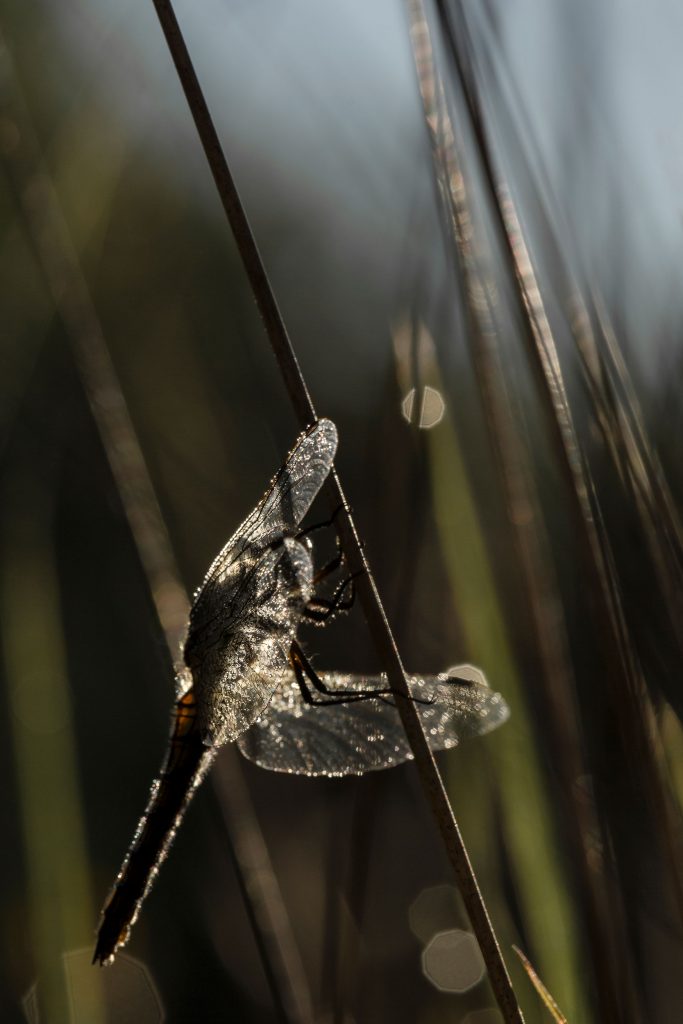
Camera Shy © Victoria Hillman
Wildlife and nature photography are rapidly growing areas of photography and it can be tricky with more popular species to find a new angle or way of capturing them, for me taking my time and focusing on just a handful of species has allowed me to try out new ideas and perspectives.
What would you like people to think about when they see your work?
I would like my work to encourage people to think a little more about the smaller species we have around us and take a closer look at just how beautiful they are.

How long have you been a photographer and how did you get started?
I have always loved nature and being outdoors from a very young age and really have never wanted to do anything else other than work with wildlife and nature in some form.
I am actually a scientist by training with a BSc in Zoology with Marine Zoology and an MSc in Wildlife Biology and Conservation but have been taking photos as long as I can remember as soon as my parents bought me my first camera, and over the years have found a way to combine the two together, using them for both research purposes and also to highlight the wonderful smaller creatures we have around us.
What would you advise someone wanting to start taking photos of wildlife or nature in their local environment?
Start with researching your subject(s) and their habitat and how they interact with it: by understanding these it really helps with finding what you are looking for and being able to photograph it without disturbing it.
The more you know your subject and the more time you spend with it, the more photographic possibilities will emerge and the more ideas you will have.
Just take your time, if it doesn’t work one day, just go back again and again.
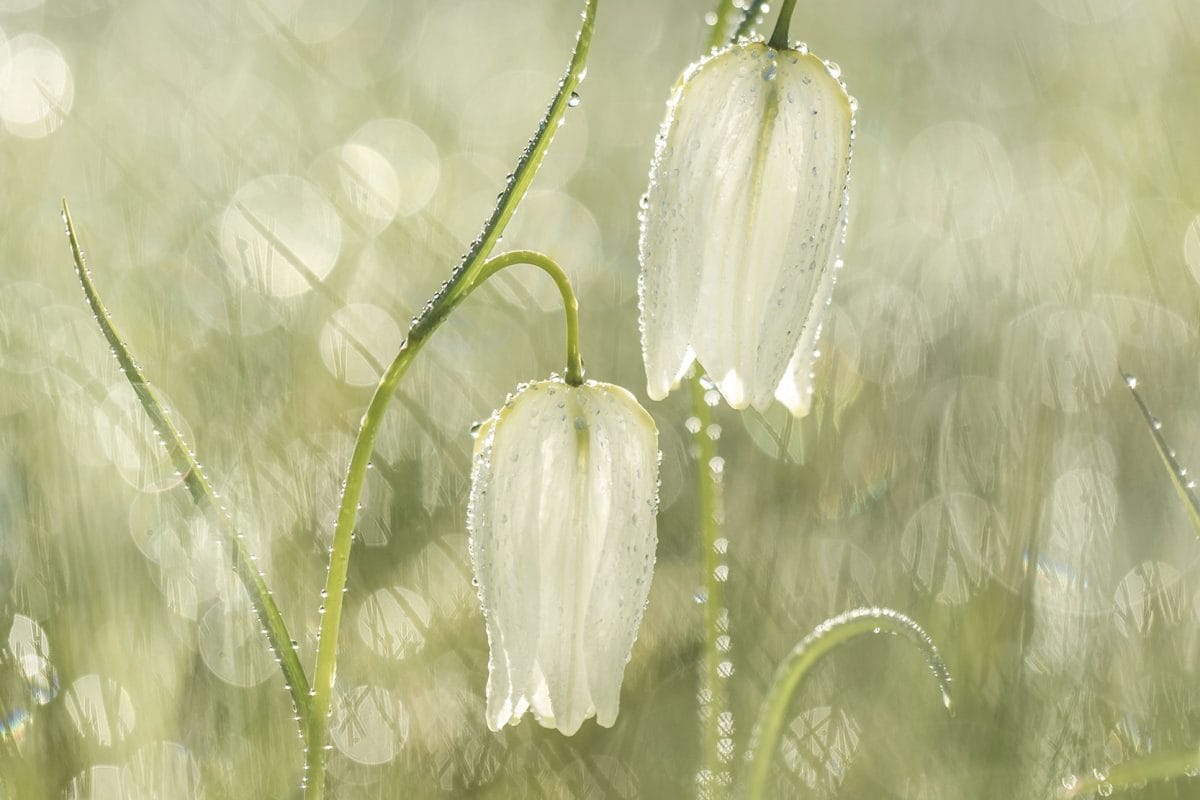
What projects are you working on now or have coming up?
I have just finished the first part of my Forgotten Little Creatures project with brings together photography, interesting science facts and the stories behind the images, this first part has concentrated on what is within 40 miles of my home and is now published as a book and will be an exhibition in early 2018. I’m now planning for part two of this project.
